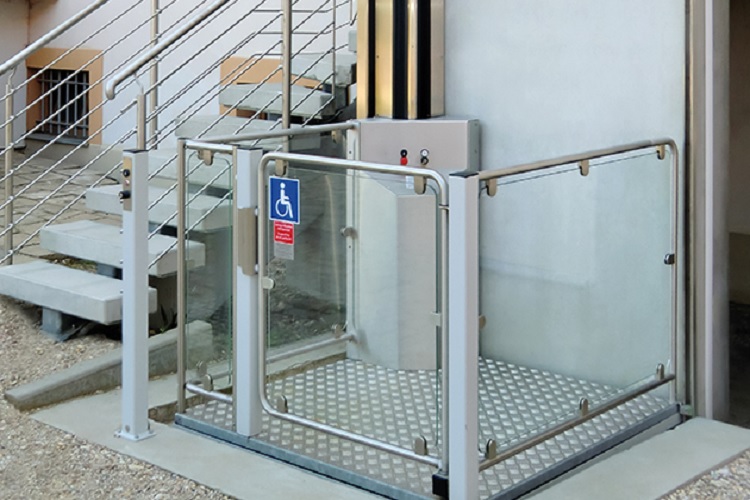Table of Contents
A vertical platform lift is a mobility device for wheelchair individuals. Typically, they are designed to be more compact and travel at slower velocities than guest lifts. In recent years, they have become progressively prominent not just in private homes, but also in business buildings as part of an all-inclusive culture.
Understanding the Characteristics of Platform Lifts
Platform lifts, or otherwise known as vertical lifting platforms, accommodate smaller passenger team numbers travelling briefer distances. Their speed is limited to 0.15 m/s, making them better matched for vertical transport in a limited level property.
Unlike conventional lifts, platform lifts require a much smaller footprint. This allows it to be setup in older congested buildings or in residential properties. In turn, they have found favour as a wheelchair platform for mobility-impaired individuals. Typically, they are able to transport 1 wheelchair user at a time.
Just How Do Platform Lifts Work?
3 major elements of platform lift procedures will be covered in this short article– hydraulic power, user control and operating system.
Hydraulic Power
All platform lifts operate based upon hydraulic power, with electricity being supplied from a nearby outlet. Without the hydraulic power, the lift would be grounded and inactive. Thus, in cases of emergencies where electric energy to the platform is loss, a backup battery should be readily available.
Just like conventional lifts, platform lifts are user controlled. The easy to use buttons interface on the control board makes it possible for the wheelchair user to control the drive pole.
What Happens when you Select a Floor?
If the level is higher than the current level which the lift is at, then the draft shaft uses hydraulic energy to pull the platform lift up to the right height. In order for this to happen, the pulley revolves in one direction, drawing in metal cable and thus causing the platform to rise.
Conversely, if the floor is below, then the drive releases hydraulic tension, hence permitting the platform lift to gradually slide down to the lower floor. For this to occur, the pulley rotates in the opposite direction, therefore enabling the platform to be lowered by the cables.
Upkeep & Maintenance
Like any type of machine, a commercial wheelchair lift does call for maintenance from time to time. Typical signs of potential near future malfunction consist of squeaking and shrieking noises. These are indicative of a loose cable or pulley-block.
An additional typical problem is that of misalignment between your platform lift and the floor. If you suspect that your platform lift is not running as usual, then you need to quickly call your lift’s supplier. It is important to shutdown its operation in the mean time for not doing so would run the risk of a major accident occurring.




